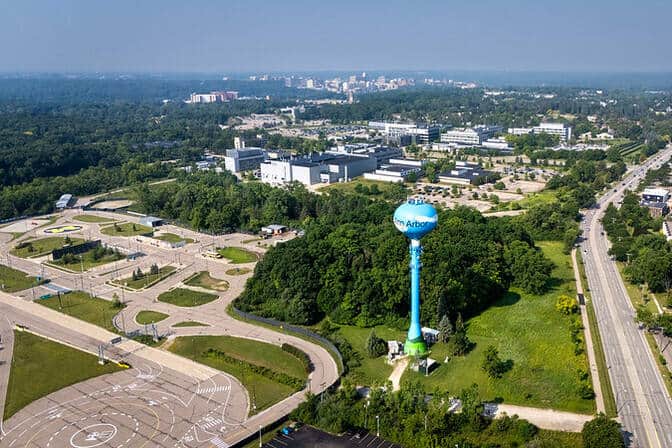
New statistical method can help uncover driver patterns without expensive maps or cameras
A new approach developed at the University of Michigan outperforms current methods using only GPS data.

A new approach developed at the University of Michigan outperforms current methods using only GPS data.
Addressing key challenges, such as improving highway traffic flow, safety, are critical to the advancement of autonomous vehicles on our roadways. Researchers at the University of Michigan have developed a groundbreaking approach to understanding how and when drivers change lanes using only GPS data. Traditionally, lane change estimation has relied on expensive and sometimes unreliable methods, including on-board cameras and high-resolution lane-level maps. The new method, created by Arpan Kusari and his team at the U-M Transportation Research Institute, leverages the GPS data collected by nearly every vehicle sold in the past decade. By transforming real-world vehicle trajectory data with advanced mathematical functions, the researchers isolated small-scale variations that represent lane changes, making these events stand out distinctly from normal driving patterns.
This innovative technique, named the Basis-Aligned Coordinate System (BACS), has the advantage of being both simple and highly generalizable, allowing it to be applied across a wide range of GPS trajectories without geographic limitations.
Beyond its technical merits, BACS has practical potential to transform traffic safety and policy, as well as advance autonomous vehicle technology. By providing a cost-effective way to analyze naturalistic highway driving and identify risky behaviors, the method can inform safety regulations and improve real-time driver monitoring systems. Additionally, anonymized insights from GPS data on lane changes could guide safety campaigns and the development of smarter algorithms for both driver assistance and automated driving systems, fundamentally changing how driving behavior is analyzed and used in intelligent transportation systems.
Michigan Engineerings Kate McAlpine goes into greater depth in her featured story, Hidden insights in GPS data can track lane changes and improve AV safety.